One of the most common questions building managers ask is why their emergency lights tend to fail within just 2–3 years. In nearly every case, the issue comes down to battery performance — specifically, the battery's inability to maintain a charge sufficient to power the emergency light for the mandated 90 minutes, as required by AS/NZS 2293.2:2018.
In this article, we’ll explore the key factors affecting emergency light battery life, how battery technology has evolved in this sector, and offer practical advice for battery replacement and responsible disposal.
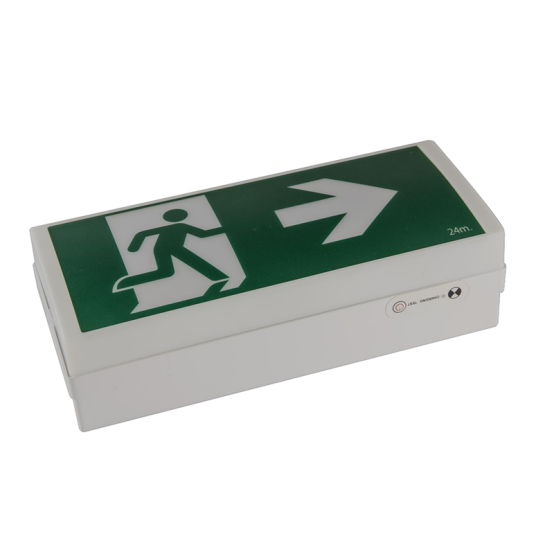
Several factors influence how long a battery lasts in emergency and exit lighting systems. Here’s a breakdown of the most important contributors:
Age: Batteries naturally lose capacity over time due to calendar degradation. High temperatures and low-charge storage conditions accelerate this process.
Initial Energy Capacity: Batteries with higher initial capacity can maintain the required 90-minute emergency discharge for a longer period.
Rated Cycle Count: Emergency lights are only discharged during scheduled maintenance, typically twice a year. This makes cycle life less critical than for consumer electronics.
Emergency lighting has progressed through several generations of battery technology:
Lead-Acid (Pb): Early systems used bulky, inefficient batteries that required frequent replacement.
Nickel-Cadmium (Ni-Cd): Better suited for high temperatures, but environmentally harmful due to cadmium content. Lifespan: 2–4 years.
Nickel-Metal Hydride (Ni-MH): Improved capacity and environmental performance. Typical lifespan: 3–5 years.
Lithium Iron Phosphate (LiFePO₄): Current standard. Offers high stability, long life (5–12 years), and excellent recyclability.
Modern LiFePO₄ emergency light batteries usually last between 5 and 12 years. To optimize battery lifespan:
Maintain ambient temperature between 20°C and 25°C
Choose lights with single-cell designs to avoid system failure from one defective cell
Consider battery capacity during product selection
Historically, failed emergency lights were replaced entirely. However, in many cases, only the battery needs replacement — a cost-effective and eco-friendly solution.
According to AS/NZS 2293.3:2018 Section 4.9b, emergency lights must clearly display battery replacement information.
Usually printed on the battery itself, this model number can help you find compatible replacements online or through electrical wholesalers.
Used batteries should never be discarded with general waste. Instead:
Take them to a certified battery recycling facility
Ensure proper handling to recover valuable materials and prevent environmental harm
Choosing the right emergency lighting technology is critical for building safety and long-term maintenance efficiency. With innovations in LED and battery design, modern emergency lights offer greater reliability and environmental responsibility.
For maximum performance and peace of mind, choose Godson emergency lights — the new benchmark in emergency lighting solutions.

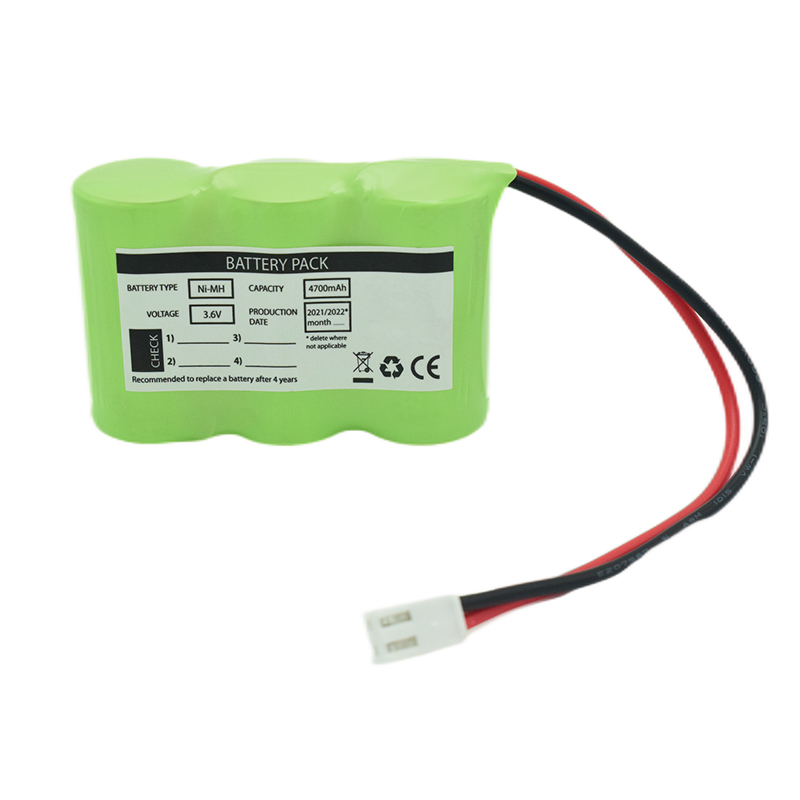 Ni-MH Battery C4700mAh 3.6V
Ni-MH Battery C4700mAh 3.6V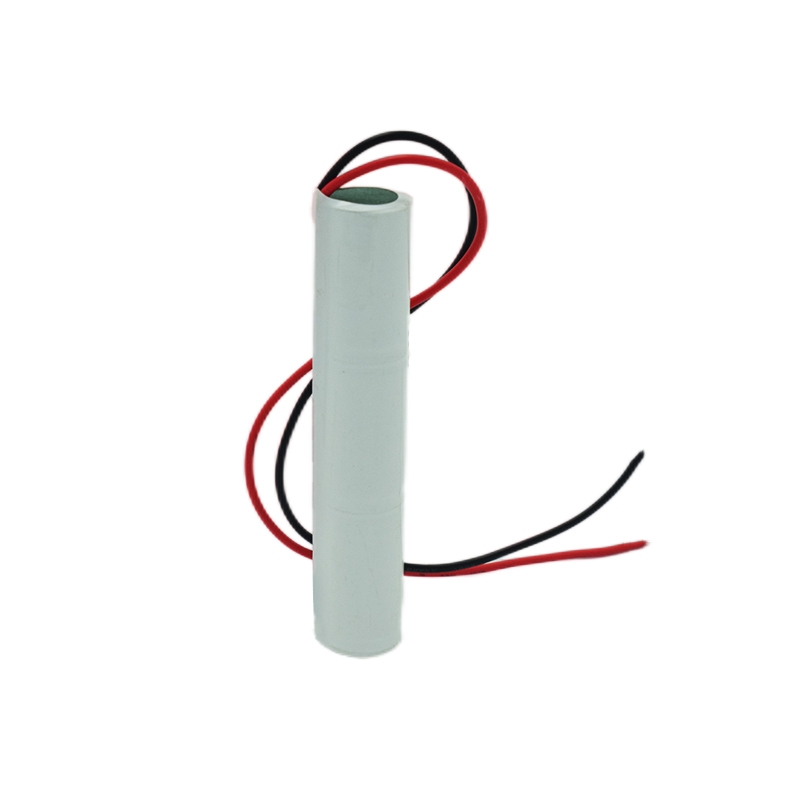 Nickel Cadmium Nicd Battery Pack SC1800mAh 3.6V
Nickel Cadmium Nicd Battery Pack SC1800mAh 3.6V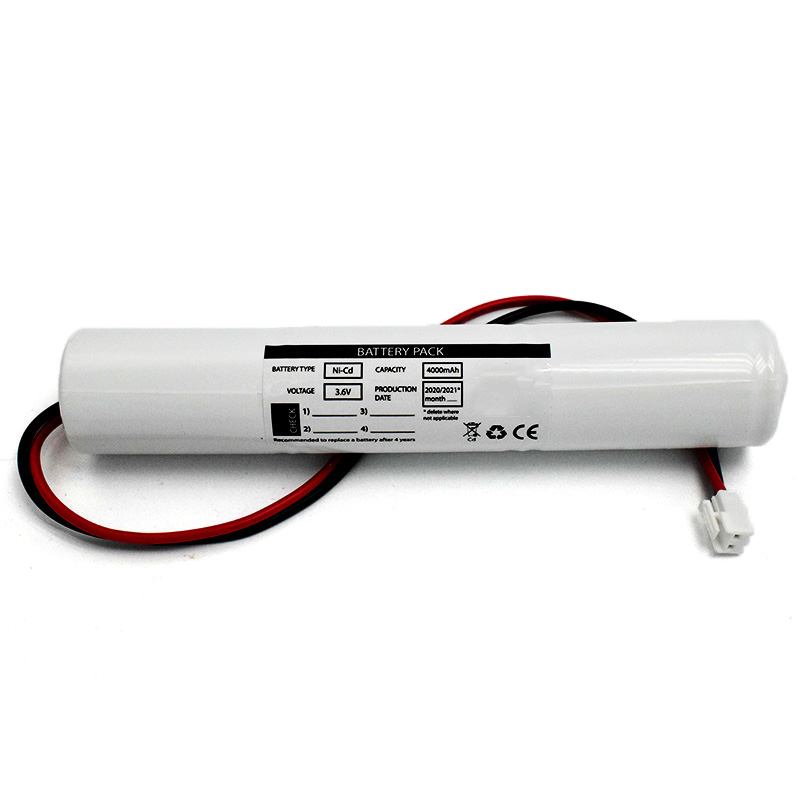 Ni-Cd Battery Pack D4000mAh 3.6V
Ni-Cd Battery Pack D4000mAh 3.6V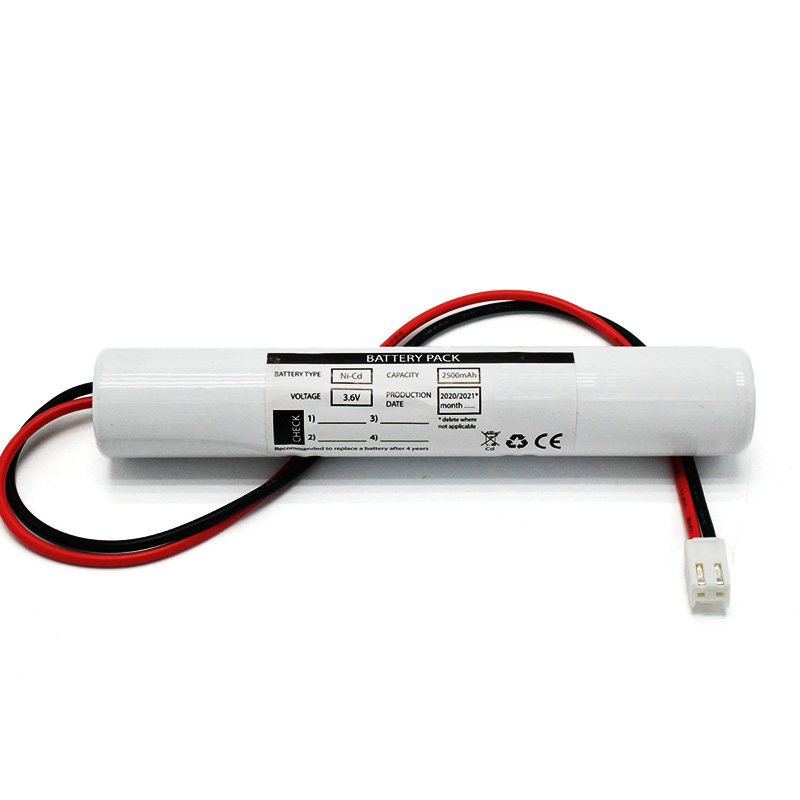 Ni-Cd Battery Pack C2500mAh 3.6V
Ni-Cd Battery Pack C2500mAh 3.6V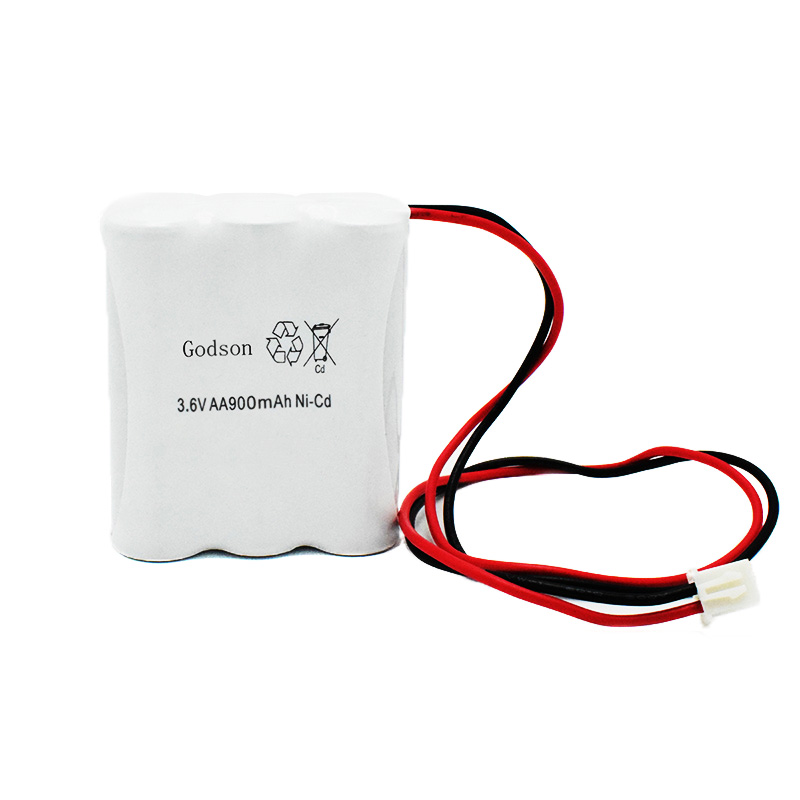 NICAD Battery Pack AA900mAh 3.6V
NICAD Battery Pack AA900mAh 3.6V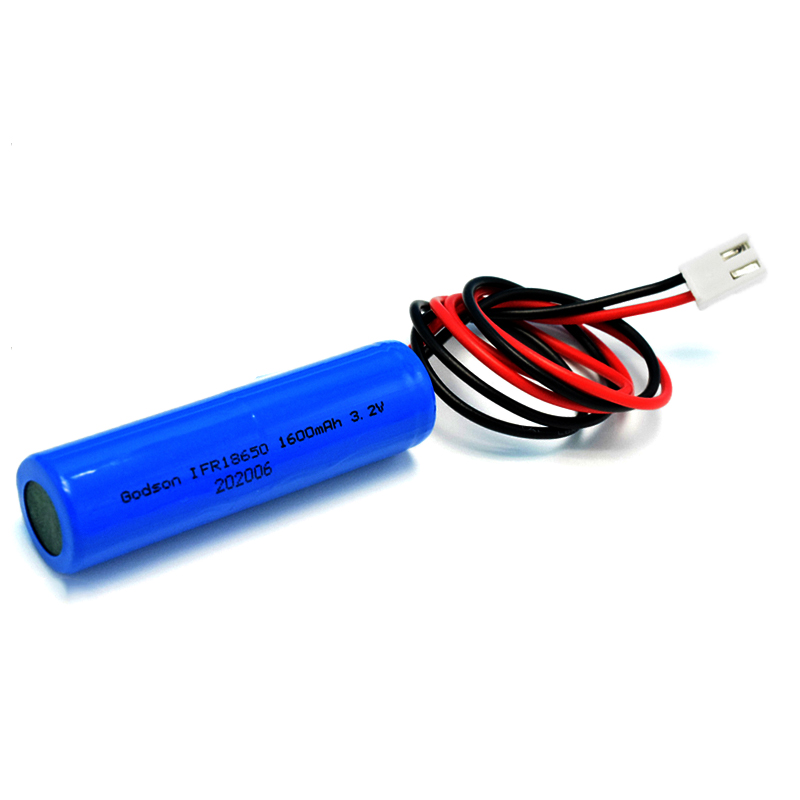 LiFePO4 IFR18650 1600mAh 3.2V
LiFePO4 IFR18650 1600mAh 3.2V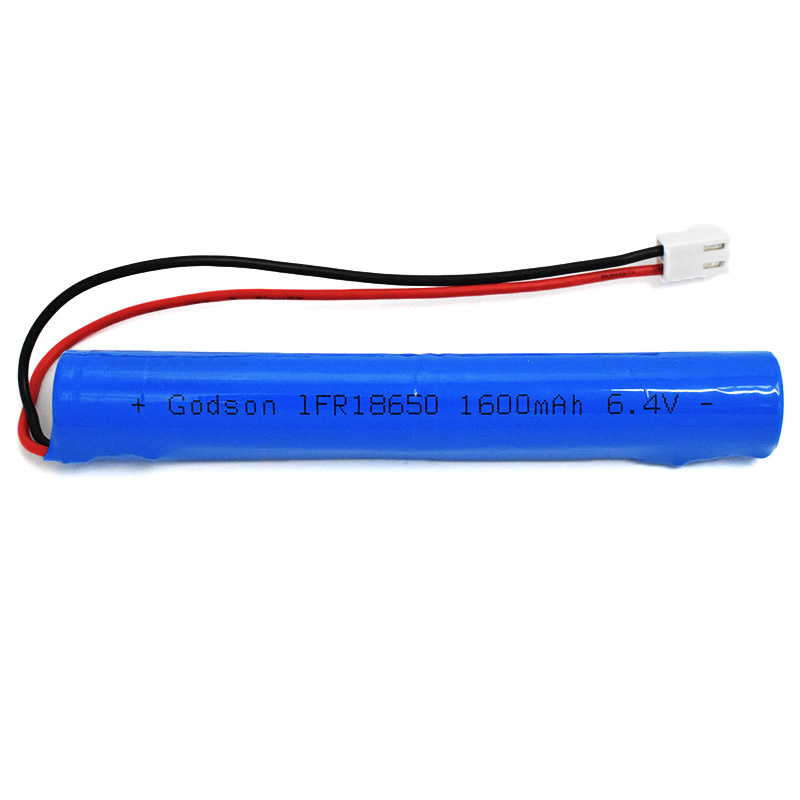 LiFePO4 IFR18650 1600mAh 6.4V
LiFePO4 IFR18650 1600mAh 6.4V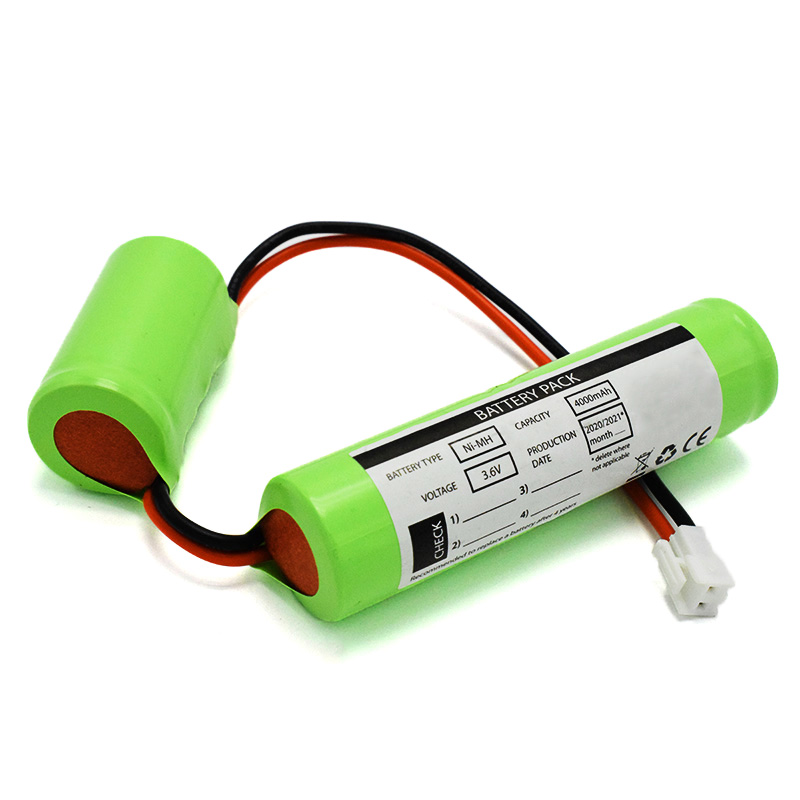 Ni-MH Battery C4000mAh 3.6V
Ni-MH Battery C4000mAh 3.6V E-bike Battery 48V 10Ah JL-1
E-bike Battery 48V 10Ah JL-1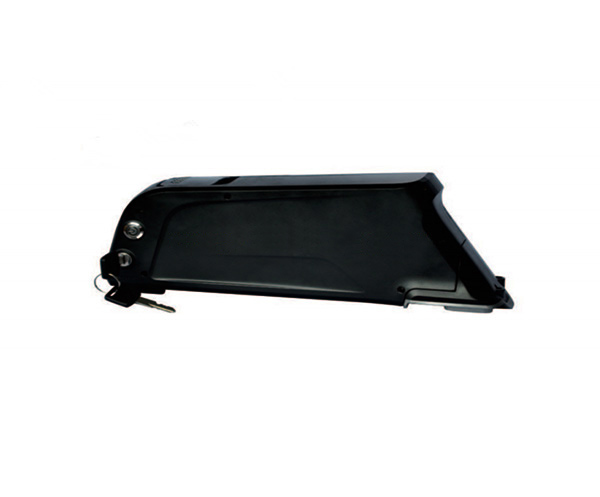 E-bike battery 48V 10Ah Qing Tian
E-bike battery 48V 10Ah Qing Tian